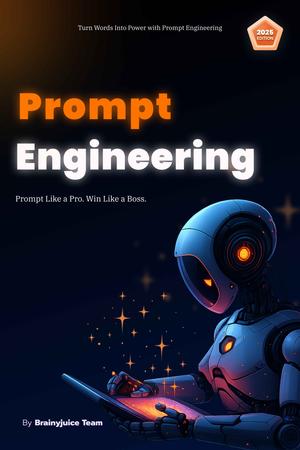
Most UX designers spend months crafting portfolios that look beautiful, but still get ignored. Why? Because they’re focused on visuals, not thinking.
Recruiters and hiring managers don’t just want pretty UIs. They want to see how you think, how you solve problems, and how you design for users, not just for Dribbble likes.
This is your brutally honest guide to what actually matters in a UX portfolio.
First: Who’s Reviewing Your Portfolio?
- Recruiters: Scan for keywords, overall structure, basic presentation.
- Hiring Managers / Senior Designers: Dive into process, decision-making, storytelling, impact.
- Product Leaders / Founders: Care about outcomes, business impact, user-centric thinking.
Design is only 30% visuals, your thinking process is the other 70%.
What Recruiters Actually Look For
1. Clear Problem-Solving Process
Can you break down complex problems and solve them with user-centered thinking?
Show:
- What the problem was
- Who the users were
- What constraints you faced
- How you made design decisions
- What changed as a result
Tip: Use frameworks like Design Thinking or Double Diamond to structure your story.
2. End-to-End UX Case Studies (Not Screenshots)
A good portfolio has 2–3 detailed case studies, not 10 random UI shots.
Each case study should include:
| Section | What to Show |
|---|---|
| Context | What was the product, who was it for? |
| Problem | Why this project mattered |
| Users | Who they were, what research you did |
| Your Role | Be clear about what you did vs team |
| Process | Wireframes, journey maps, prototypes, etc. |
| Challenges | What went wrong, what you learned |
| Results | Metrics, feedback, iteration, outcome |
Remember: Show thinking → doing → learning.
3. User-Centered Thinking
Are you designing for the user, or just to show off your visuals?
Look for:
- Empathy maps
- Personas based on real data
- User journey maps
- Usability testing and iterations
- Accessibility considerations
Recruiters love seeing evidence that you listen to real users and adapt your design accordingly.
4. Good UX Writing
If your portfolio is hard to read, they’ll assume your UX is too.
- Keep your writing clear, concise, and free of jargon
- Tell a compelling story
- Avoid fluff like “It was a delightful experience”
- Use action verbs and facts
Bad: “I created a beautiful UI with colors users love.”
Good: “Based on testing, I redesigned the layout to reduce cognitive load and increased task success rate by 35%.”
5. Results and Impact
What changed because of your design?
Examples:
- Increased conversion rate
- Reduced onboarding time
- Boosted NPS or CSAT score
- Improved accessibility compliance
- Helped the business reach X milestone
Even if it’s small, show measurable or observable impact.
6. Clean, Usable Presentation
If your portfolio isn’t usable, why would they trust you to design theirs?
Checklist:
- Responsive (mobile-friendly if it’s a website)
- Easy navigation
- Clear CTA (Download PDF? Contact you?)
- Fast load time
- Focused layout (don’t crowd it)
Avoid:
- Dark UI with unreadable text
- Auto-playing videos
- 50-case-study clutter
7. Your Personality
You’re not just a designer, you’re a human they have to work with.
Inject some voice. Add:
- A fun fact about you
- How you collaborate
- What excites you about UX
- What kind of products you want to design
8. Real Work Over Fake Work
Yes, side projects are fine. But real-world constraints win.
Best to show:
- Internship or freelance work
- Redesigns with real users or testing
- Collaborations with devs or PMs
- Work that involved real deadlines and compromises
Extra (But Impressive) Add-ons
- Clickable prototypes (Figma, InVision)
- Before/after comparisons
- Heuristic evaluations you conducted
- Design system work (style guides, components)
- Accessibility audits
What to Avoid
- Too much emphasis on UI without any UX thinking
- Vague claims (“users loved it” without proof)
- Cluttered layouts and unclear navigation
- Overuse of buzzwords (“delightful”, “synergy”, “pixel-perfect”)
- Trying to sound like a big agency when you’re just starting
Checklist
✅ 2–3 Strong Case Studies
✅ Clear UX Process
✅ Problem–Solution–Outcome Structure
✅ Evidence of User Research
✅ Usability Testing & Iteration
✅ Clean Visual Design
✅ Personal Story & Contact Info
✅ Mobile-Friendly Layout
✅ Results or Measurable Impact




